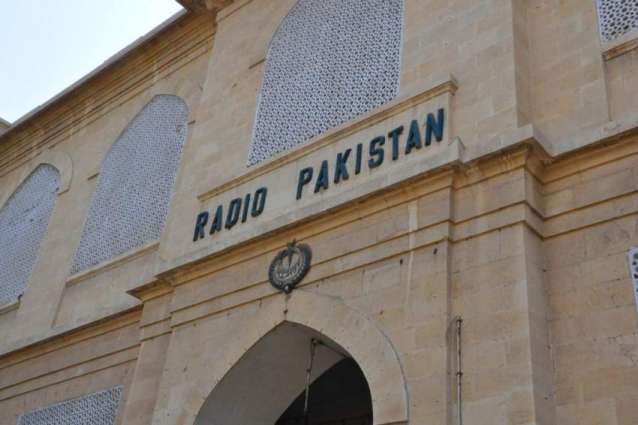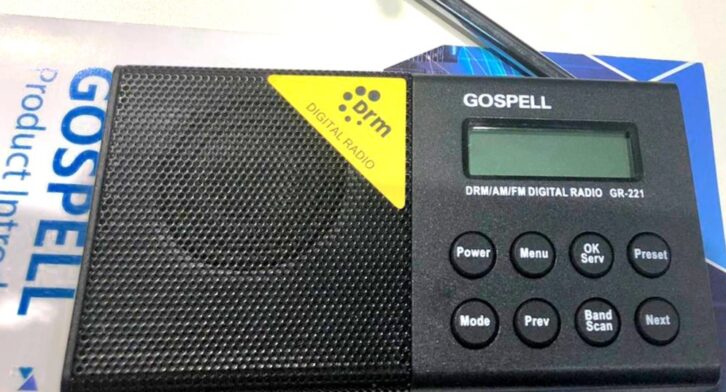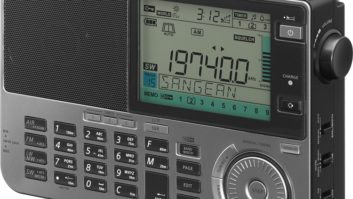The author is chairman of the DRM Consortium. Her commentaries appear regularly at radioworld.com.
The recent IBC2023 in Amsterdam boasted over 1250 exhibitors and 43,000 attendees from 170 countries, many very much interested in the technology stars of the day: digital HD television, AI and 5G.
Radio always seems to be a bit of a Cinderella at this and other shows though radio remains extremely popular all over the world. Just recently radio emerged as the most trusted medium in Europe. According to the EBU Media Intelligence Service, 56 percent of EU citizens trust radio.
Its popularity seems to hold and be even higher in emerging markets. New countries have stepped very decisively into the digital broadcast radio era, potentially making it available to billions of people.
DRM’S Big Announcement
At IBC, Digital Radio Mondiale (DRM) made several big announcements about three major Asian countries (Indonesia, China and Pakistan) embracing DRM.
After many trials, Indonesia’s Ministry of Communication and Information released a very clear regulation of terrestrial radio broadcasting services that officially adopts digital radio standards for broadcasting — DRM in MW, FM and VHF-III (in the frequency range 174–202 MHz) and DAB in VHF-III (frequency range 202–230 MHz).
The regulation applies to public, commercial and community radio stations; and President Harliantara Harley Prayudha recently underlined in a press article that “in the current digital era, we need to adapt to technological developments, including the world of radio broadcasting which is currently slowly but surely transforming towards digital.”
The choice made by the Indonesian authorities brings DRM to potentially 275 million people on its 18,000 islands. DRM is already implemented in FM at several key Indonesian sites where it can be used for Emergency Warning Functionality, vital in this country on the Pacific ring of fire.
In China, a joint recommendation from the National Radio and Television Administration, the Ministry of Industry and Information Technology and the State Administration for Market Regulation called for strengthening in-car radio reception, in effect recommending DRM receivers in cars while asking for an accelerated rollout of DRM for domestic, AM broadcasters.
The Pakistani Minister of Information and Broadcasting, Mr Murtaza Solangi — addressing the audience at the main DRM IBC event — stated that Radio Pakistan is achieving significant milestones in digital migration by using DRM.
Minister Solangi also noted that the DRM technology was expected to reduce Radio Pakistan’s operational costs by up to 40 percent (as electricity consumption is much reduced in DRM) and offer an emergency warning system capable of issuing immediate alerts during natural disasters.
In late July, Radio Pakistan broke ground on a massive DRM project, including a new 1,000 kW transmitter that will extend the broadcaster’s reach from the Mediterranean to the Pacific.

To these latest countries embracing the DRM standard fully (Pakistan) or significantly (Indonesia and China), we need to add that India, which was the first big country to adopt DRM in AM, now broadcast from around 39 transmitters both in pure and simulcast modes.
Nepal is also trialing DRM in FM at present. Malaysia and Vietnam are quietly preparing to offer digital services that can cover their interestingly-shaped countries. Other smaller countries like Papua New Guinea have a real interest in DRM, while New Zealand is broadcasting in DRM to the Pacific islands.
Australia has trialed DRM in AM and FM successfully last year. A combination of the two open standards, DRM and DAB+ (deployed in Australia), would make a lot of sense, according to some Australian experts.
DRM is global. There are currently DRM broadcasts from Europe, with some aimed at Europe itself. There is DRM interest in Brazil, revived after a period of stagnation. South Africa has adopted both DRM and DAB+ as its digital radio solution. And there is a recent and increasing interest in digital open standards like DRM in Africa. But the DRM front runners are clearly in Asia.
[Related: “DRM Is Smart and on the Way Up“]
Why Such DRM Take-Up in Asia?
Digital radio cannot be stopped as it is inevitable. It cannot be superseded or replaced by new and exciting technologies, still in their infancy and not really meant for radio broadcasting, like 5G.
Big and populous countries like India, China, Indonesia and Pakistan (with more than 3 billion people and more than a third of the world’s population) still need a wide-range, cheap platform for news dissemination, emergency disaster alerts and other services (distance learning has been of increased interest after COVID).
DRM alone, among the recognized digital broadcasting standards, offers wide-range coverage (in shortwave and medium wave) as well as VHF, with extra multimedia services and significant energy and spectrum savings. It also offers ways to upgrade older AM and FM transmitters (at IBC, new solutions for upgrading such transmitters were unveiled and the possibility of having multi-channel services from one single transmitter, too). In short, DRM offers an affordable and doable transition path to digital.
DRM Alone or in Partnership?
The much more crowded and disputed FM space offers a more complex global picture. Pakistan has clearly adopted one standard for one country, recognizing the benefit of using one standard alone for all frequency bands.
India is still mulling over what standard to recommend for the FM space, though going for DRM (already on air in medium wave and short wave) is obviously the right choice. The path you know best is the shortest.
In China AM, is destined to DRM and the FM space will be reserved for the Chinese digital version called CDR. In Indonesia, DRM in the FM band is a given, while band III is shared between the two open standards.
Indonesia joins South Africa and, in the future, possibly, other African countries, in mandating two sister, open standards DRM and DAB+.
In short, there are many digital radio options and permutations. Countries choose what they think will work for their own needs and based on their own legacy.
And the Receivers?
A notable difference is that the question of receivers is not as acute now as it was before. At IBC, DRM also unveiled the release (from CML chipset manufacturer) of the world’s lowest-cost, lowest-power and smallest-sized, “antenna to speaker” DRM Broadcast Receiver Module containing all hardware, software, IP and patent licences required for a DRM digital, as well as analogue capable receiver.
The module was presented as part of two new, very small-sized Gospell Digital Technology (from China) receivers. One of these is a portable radio with a rechargeable battery and the smaller one, half a normal mobile, can be powered by just two AAA batteries. Holding it in my palm I was wondering if this all-band digital and analog receiver is not the world’s smallest DRM portable receiver.

But cars are driving digital, and China and India are pushing the automotive industry in this direction. The Chinese stipulation that cars should include DRM receivers, and the 6 million cars with DRM receivers on Indian roads, are deal-breakers.
So why did Asia, in many ways leading the world in technology, go for DRM? Because it works and is the only standard that can give full-country coverage (able to be used in all frequencies) at affordable costs.







